
Do Back Radiographs Have a Place in Equine Prepurchase Exams?
Radiographs can advise buyers and their veterinarians about pathologies that might pose a threat to the horse’s future soundness.


Radiographs can advise buyers and their veterinarians about pathologies that might pose a threat to the horse’s future soundness.

Researchers used AI to analyze horse conformation and detected differences between fragile foal syndrome carriers and noncarriers that might have performance implications.

Artificial intelligence technology might be able to assist veterinarians in making recommendations to riders about their horse’s performance.
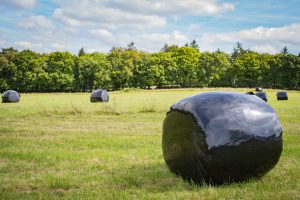
Understanding the differences between haylage and grass hay can be helpful for horse owners when deciding which is best for their horse.

Dr. Mike Pownall provides actionable insights for veterinarians from Synchrony’s Equine Lifetime of Care study, a report estimating the lifelong cost of owning and caring for a horse.

Based on a recent horse owner survey, researchers report the most common mistakes made when creating equine diets. Oversupplying calories tops the list.

Understanding the differences between these groups’ microbiomes and adjusting dietary and management practices accordingly could help improve domestic horse welfare.

These therapies can be beneficial in treating pathologies of the cartilage and synovium in horse joints.

Researchers have determined that limiting horses’ access to hay might make them more likely to engage in abnormal and aggressive behaviors.
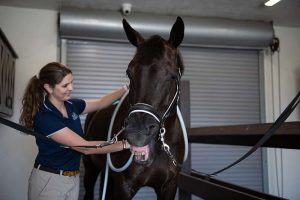
New research suggests low PEMF treatment settings might not have many physical effects on performance horses.
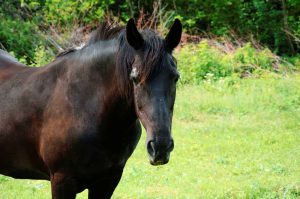
Dr. Aja Harvey explains why an old horse might suddenly become very itchy, and how owners can prevent it.

Dr. Susan White describes options for treating laminitis-prone EMS horses that also suffer from allergies.

New research shows that electrolyte supplementation might not be necessary for horses in light to moderate work.
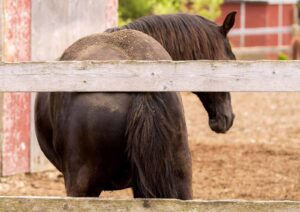
Dr. Aja Harvey explains why a horse might rub his tail and what owners can do to stop it.
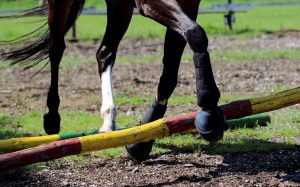
Multifidus muscle pain and atrophy in horses can cause many problems, including back pain, poor core strength, and limb lameness.

Veterinarians across the U.S. share their most successful diagnostic methods and treatments for back pain in horses.
Stay on top of the most recent Horse Health news with